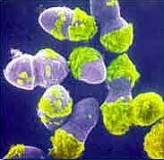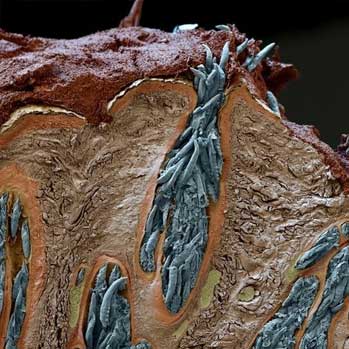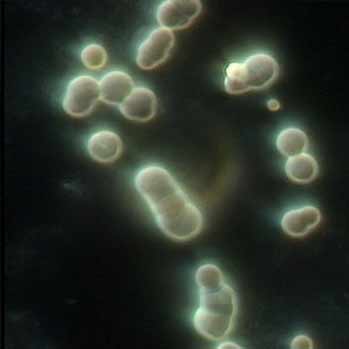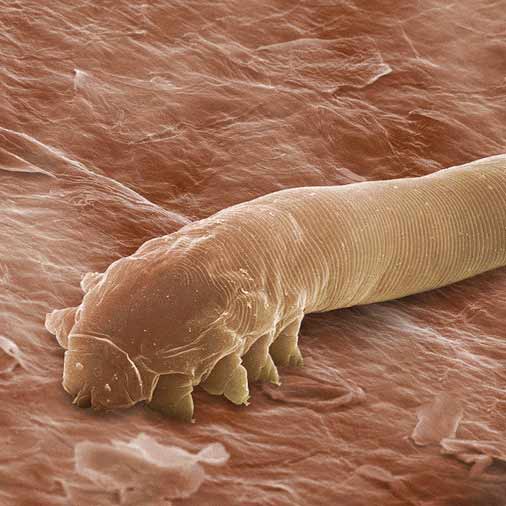Enterococcus faecium is a Gram-positive, alpha-hemolytic or non-hemolytic bacterium in the genus Enterococcus.[1] It can be commensal(innocuous, coexisting organism) in the gastrointestinal tract of humans and animals,[2] but it may also be pathogenic, causing diseases such as neonatal meningitis or endocarditis.
Vancomycin-resistant E. faecium is often referred to as VRE.[3]
Pathogenic properties
This bacterium has developed multi-drug antibiotic resistance and uses colonization and secreted factors in virulence (enzymes capable of breaking down fibrin, protein and carbohydrates to regulate adherence bacteria to inhibit competitive bacteria). The enterococcal surface protein (Esp) allows the bacteria to aggregate and form biofilms. Additional virulence factors include aggregation substance (AS), cytosolin, and gelantinase. AS allows the microbe to bind to target cells and it facilitates the transfer of genetic material between cells.[4]
Vancomycin-resistant Enterococci (VRE)
Enterococcus faecium has been a leading cause of multi-drug resistant enterococcal infections over Enterococcus faecalis in the United States. Approximately 40% of medical intensive care units reportedly found that the majority, respectively 80% and 90.4%, of device-associated infections (namely, infections due to central lines, urinary drainage catheters, and ventilators) were due to vancomycin- and ampicillin-resistant E. faecium.[5]
See Wikipedia.





